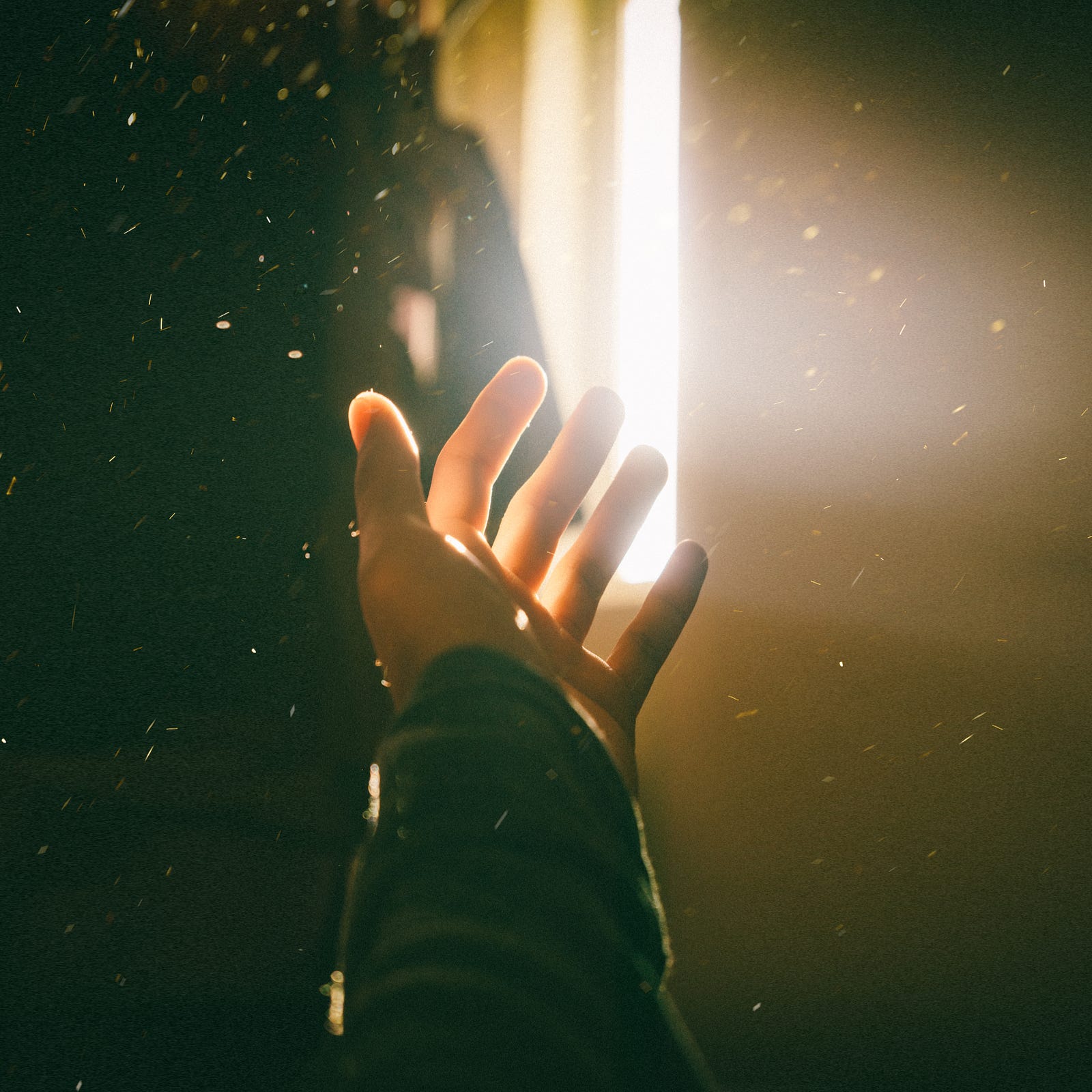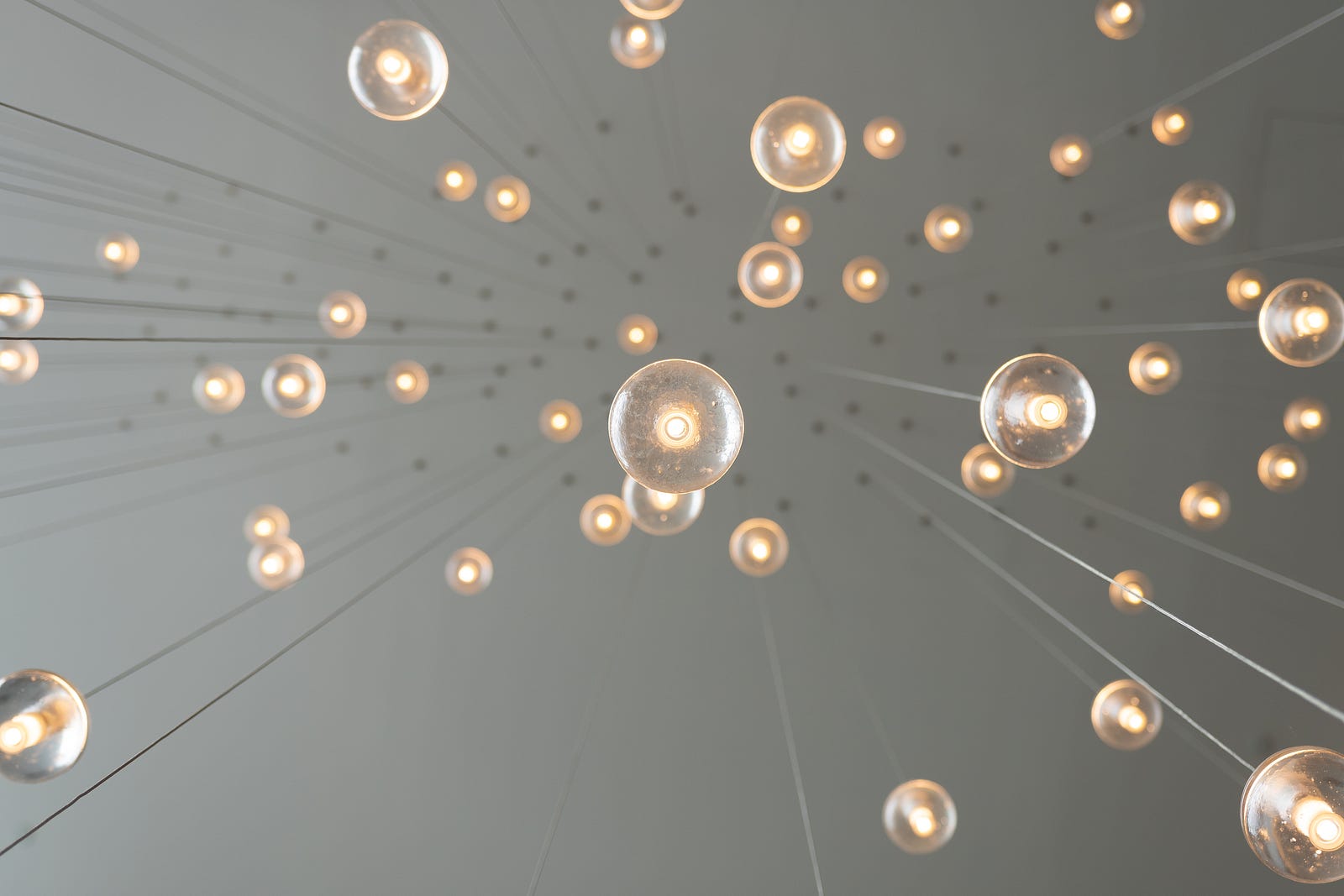DOES PHOTOTHERAPY HELP OLDER INDIVIDUALS with dementia? A new meta-analysis suggests light therapy can improve cognitive function in older adults with dementia. Today we ask “Can bright light fight dementia?”
Dementia is the loss of cognitive functioning. The disease involves the compromise of remembering, thinking, and reasoning to the extent that it interferes with the activities of daily living. Those with dementia may have a mild or more severe form. The latter can lead to dependence on others for basic living activities, including feeding.
Dementia is common, affecting millions of individuals. It is more common with age (approximately one-third of those age 85 or older may have some dementia form). Fortunately, many people live beyond 90 without demonstrating any disease symptoms.
There are several dementia forms, including Alzheimer’s disease, which is the most common. Unfortunately, there is no cure. I recently learned I stumbled across a study showing the ability of phototherapy to improve cognitive functioning.
What is ultraviolet light?
What is ultraviolet light?
Ultraviolet (UV) light is electromagnetic radiation not visible to the human eye. It has a shorter wavelength than visible light and is between X-rays and visible light on the electromagnetic spectrum. UV light is divided into three main categories based on wavelength: UV-A (long wave), UV-B (medium wave), and UV-C (short wave).
UV light is naturally present in sunlight and can cause various beneficial and harmful biological effects. It can stimulate the production of vitamin D in the skin, essential for healthy bones and the immune system. However, overexposure to UV light can damage the skin and increase the risk of skin cancer. UV light can also cause damage to the eyes, including cataracts and photokeratitis (snow blindness).
The UV light in phototherapy is the same type emitted from the sun. A provider can regulate the light strength and control the time your skin has exposed to UV light (to prevent skin damage).
The UV light in phototherapy is the same type emitted from the sun. A provider can regulate the light strength and control the time your skin has exposed to UV light (to prevent skin damage).
What are ultraviolet light types?
There are different types of UV light for medical procedures, based on the ultraviolet light type and wavelength size:
- UVB: Ultraviolet light B has a medium wavelength. UVB reaches the skin’s top layer. Too much UVB light exposure can lead to sunburns.
- UVA: Ultraviolet light A has a long wavelength. UVA can reach the skin’s first two layers. A care provider may offer UVA treatment for conditions that affect these deeper skin regions. Overexposure to UVA light can result in sunburn and wrinkles.
Phototherapy basics
Phototherapy (or light therapy, is a medical treatment that involves exposure to specific wavelengths of light to treat various medical conditions, including skin disorders, seasonal affective disorder (SAD), and neonatal jaundice.
During phototherapy, a patient is exposed to natural or artificial light rich in certain wavelengths. This light penetrates the skin and is absorbed by cells in the body, triggering various biochemical and physiological reactions.

Depending on the treated condition, phototherapy can be delivered using light sources such as light boxes, lasers, and UV lamps. The duration and frequency of treatment sessions can vary, with treatment at a medical facility or in the comfort of a patient’s home.
Are there different colors of phototherapy lights?
The Cleveland Clinic (USA) explains that different types of phototherapy lights are used to manage various conditions. Each phototherapy type employs a particular color of light:
- Blue light therapy: Blue LED lights are similar to those emitted from your mobile phone. Blue lights give off a blue hue and are a common treatment for jaundice.
- Red light therapy: Red LED lights have a red hue. Laser lights are a red light type. These lights commonly treat redness, wrinkles, scars, and acne.
Phototherapy is a generally safe and effective treatment option for many medical conditions.
Bright light for dementia
A new meta-analysis examined the effect of phototherapy on cognitive function in older adults with dementia. The findings are encouraging:
Compared with usual treatment, patients with dementia who received phototherapy had significant improvements in cognitive function, assessed using the Mini-Mental State Examination (MMSE). Patients receiving phototherapy appeared to see drops in severe agitation.
There were no significant differences between the study groups regarding agitation, anxiety, depression, or sleep problems.
The meta-analysis included 12 randomized clinical trials, including 426 individuals in the phototherapy and 340 in the control groups. The subjects ranged in age from 74 to 86.
Patients received therapy in a variety of forms, durations, and frequencies. Some had bright light therapy, while others had LED, blue, or blue-green light therapy. Seven studies used routine daily light in the control group, while the others used dim light or devices without light.
Lightboxes, typically emitting more than 2500 lux, were the most commonly used devices for phototherapy. The treatment was often for 30 during the daytime, with the intervention lasting four to eight weeks.
Phototherapy appeared to be well-tolerated. Two of 426 patients developed mild eye irritation, and one had slight temporary redness of the forehead skin.

The study authors caution that the lightbox should be 60 centimeters (about two feet) from the patient or above the patient’s eye level. A ceiling-mounted light allows for more prolonged light exposure, facilitating better adherence.
Alternatively, phototherapy helmets or glasses allow for portability while doing normal activities.
Can bright light fight dementia?
Commenting for Medscape Medical News, Mariana Figueiro, Ph.D., professor and director of the Light and Health Research Center, Department of Population Health Medicine, Icahn School of Medicine at Mount Sinai (USA), offers this potential mechanism:
“Light is the primary stimulus for our circadian system, and a robust light-dark pattern daily (which can be given by light therapy during the day) improves sleep and behavior, while reducing depression and agitation.”
Those with dementia typically have sleep problems, affecting their cognition. Improve sleep, and improve cognition.
I join the researchers in looking forward to additional studies to determine optimal implementation conditions, including device type, frequency, duration, and time.
The research received no external funding. The authors and Dr. Figueiro disclosed no relevant financial relationships.
If you know someone with breast cancer, here is my comprehensive online course:
Dr. Michael Hunter’s Wellness!
breastcancerbydrhunter.thinkific.com
The information I provided in this blog is for educational purposes only and does not substitute for professional medical advice. Please consult a medical professional or healthcare provider for medical advice, diagnoses, or treatment. I am not liable for risks or issues associated with using or acting upon the information in this blog.
Thank you for reading “Can Bright Light Fight Dementia?”




